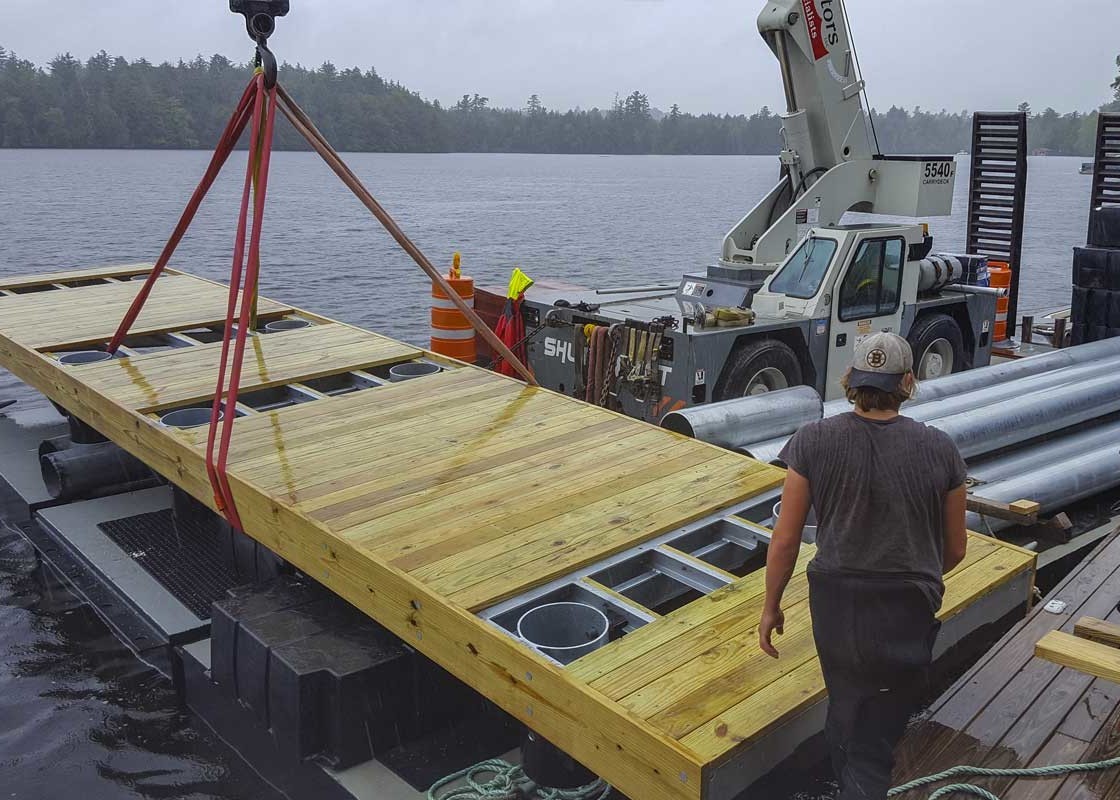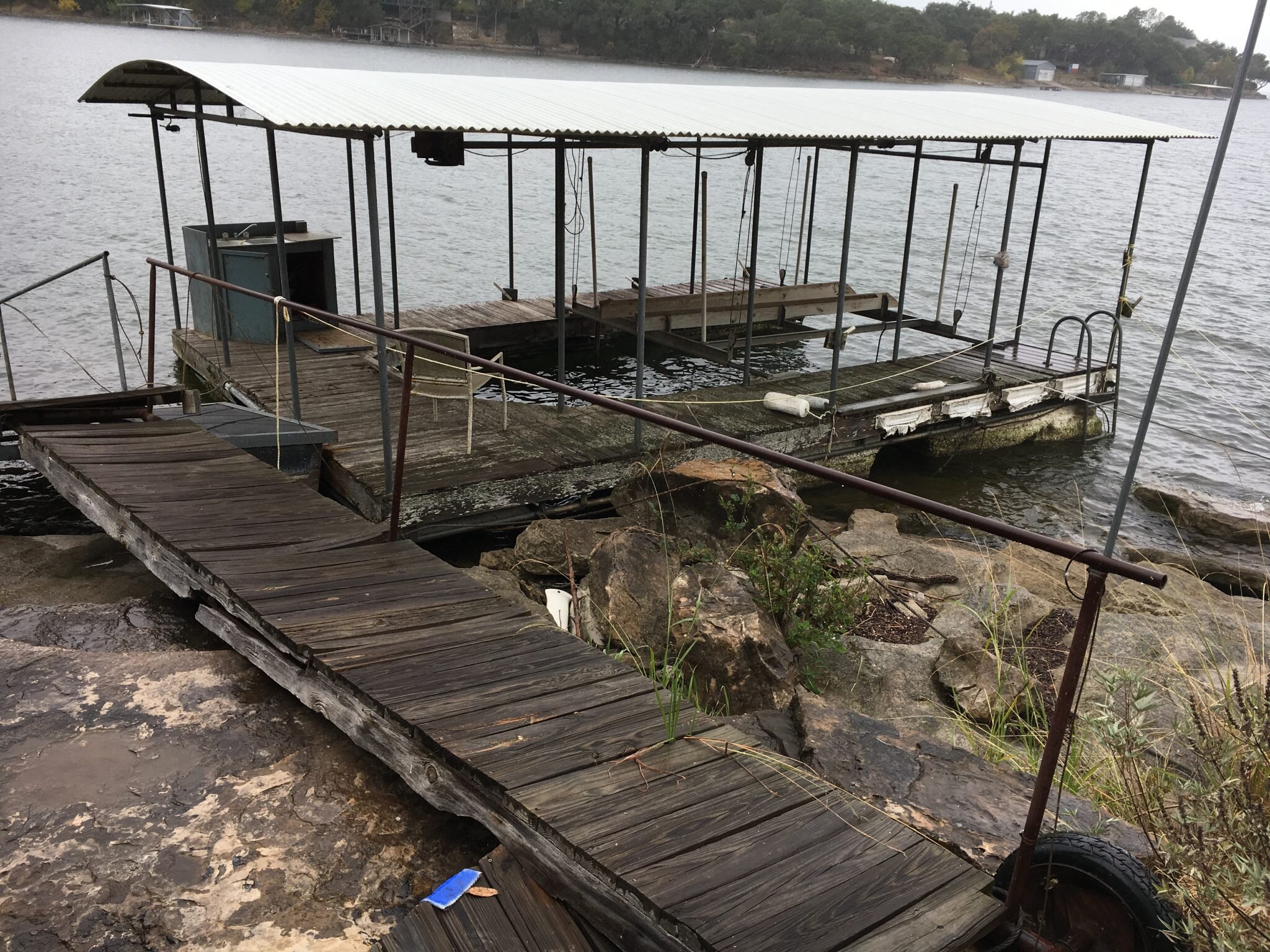DIY Tips for Simple Dock Repairs You Can Take Care Of
Wiki Article
Just How to Address Common Dock Repair Work Issues for Safe Water Activities

Identifying Common Dock Issues
Identifying typical dock problems is crucial for keeping the performance and safety and security of your waterside residential or commercial property. Regular assessments can help discover troubles before they end up being extreme, guaranteeing both the longevity of the dock and the safety of those that use it. One prevalent issue is loosened or corroded fasteners. Over time, screws, bolts, and various other fasteners can become loose due to continuous exposure to water and climate components, resulting in structural instability.Another common problem is the deterioration of flotation protection tools. These devices are important for maintaining the dock resilient, and any kind of damage or leaks can trigger the dock to list or sink. Regularly looking for leaks or water logged floats can preempt much more significant issues.
Additionally, algae and barnacle build-up on the dock's surface can create slippery and unsafe problems. This biofouling not only presents a risk to individuals however can also increase the degeneration of the dock products.
Finally, inspecting for indicators of corrosion on steel elements is essential. Rust can endanger the integrity of the dock's structure, making it harmful. By consistently determining these typical dock issues, you can make sure that your dock remains useful and protected for many years ahead.
Repairing Rotting Wood
When addressing the issue of rotting wood on your dock, it is imperative to act promptly to avoid more degeneration. Begin by completely checking the entire framework to recognize all impacted locations. Make use of a screwdriver to penetrate the wood; if it sinks in conveniently, the timber is likely deteriorated and requires immediate focus.When determined, get rid of the deteriorated areas utilizing a saw or carve. Make sure to reduce to healthy and balanced, solid wood, guaranteeing you remove all endangered material. After elimination, treat the continuing to be wood with a wood preservative to avoid future rot. This therapy will aid guard versus moisture, which is the main source of wood decay.
Following, replace the removed areas with marine-grade lumber or pressure-treated wood, which are more immune to water damage. Safeguard the new pieces with galvanized or stainless-steel fasteners to avoid rust. Additionally, applying a water resistant sealant to the brand-new wood can provide an additional layer of protection.
Safeguarding Loosened Boards
Just how do you guarantee your dock stays functional and secure for all its users? One crucial facet is securing loose boards, which can or else posture significant threats. Loosened boards not only enhance the risk of stumbling yet can additionally endanger the architectural honesty of the whole dock.
For reinstallation, make use of stainless or galvanized steel screws, as these materials provide superior resistance to deterioration in aquatic settings. Make certain the screws are long enough to penetrate deep into the underlying support framework, yet not as long that they extend via the dock's surface area. Pre-drilling pilot holes can aid avoid the wood from splitting.
Finally, maintain a regular examination routine to recognize and deal with any new concerns immediately. By protecting loose boards successfully, you contribute to the general security and longevity of your dock, making it a reputable platform for water tasks.
Stabilizing Unstable Pilings
Making sure the security of unsteady pilings is critical to maintaining a practical and secure dock. Unstable pilings can endanger the entire structure, presenting significant threats to users and potentially leading to pricey repairs. The first step in stabilizing these necessary parts is an extensive evaluation. Take a look at the pilings for indications of rot, damage, or changing. Utilize a degree to check for vertical placement and guarantee they are driven Our site deep sufficient right into the substrate to give appropriate assistance.If the pilings are found to be unstable, one reliable approach for support is the use of additional supporting. Cross-bracing with dealt with lumber or galvanized company website steel can significantly enhance stability. Support the dental braces safely to both the pilings and the dock framework to disperse loads evenly.

Normal maintenance and periodic review of the pilings' stability are vital to making certain long-term dock safety and security and performance.
Replacing Rusty Hardware
Addressing unstable pilings is just one facet of preserving a dock's integrity; an additional important issue is changing rustic hardware. Gradually, exposure to dampness and salt can cause the oxidation and rust of brackets, screws, and screws, endangering the whole structure's security. Regular examination for corrosion is essential, specifically after extreme climate or seasonal adjustments.When corroded hardware is determined, prompt action is called for. Begin by selecting marine-grade stainless steel or galvanized hardware, both made to resist the extreme aquatic environment. Make certain that you have the appropriate tools, such as screwdrivers and wrenches, to safely eliminate the old, rusty pieces without triggering additional damages to the dock.
After getting rid of the rusty equipment, extensively tidy the impacted locations to eliminate any residual corrosion or debris. Apply a rust-inhibiting primer to subjected metal surfaces before setting up the brand-new equipment. Tighten up all fixtures safely to stop future helping to loosen, and occasionally examine the fittings to guarantee recurring stability.
Changing corroded equipment not only prolongs the dock's lifespan but likewise dramatically boosts the security of water tasks. By proactively taking care of deterioration, you shield both the framework and its users, making sure a protected and delightful beachfront experience.
Verdict
Regular evaluations and maintenance are crucial to attend to common dock repair work issues and ensure secure water activities. Such aggressive measures add to the overall safety and security and functionality of dock structures, cultivating a safe setting for water-based activities.Making certain the safety and security of water tasks hinges significantly on the proper maintenance and repair of docks (Dock Repairs). These tools are vital for keeping the dock buoyant, and any type of damages or leaks can create the dock to listing or sink. By consistently identifying these usual dock problems, you can ensure that your dock stays safe and secure and functional for years to come
Ensuring the stability of unstable pilings is Clicking Here extremely important to keeping a safe and practical dock.Routine inspections and upkeep are important to resolve common dock fixing issues and ensure risk-free water activities.
Report this wiki page